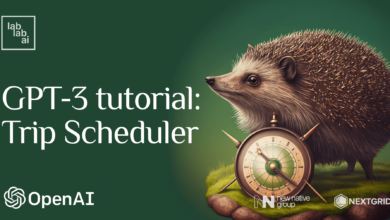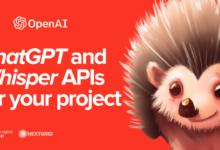ChatGPT and its potential for understanding and predicting human behavior

The development of artificial intelligence (AI) has brought about many exciting advancements, including the creation of ChatGPT, an AI-powered chatbot that uses natural language processing (NLP) to converse with users. One of the potential applications of ChatGPT is its ability to understand and predict human behavior. We will explore the potential of ChatGPT in this area, including its capabilities, limitations, and implications.
What is ChatGPT?
ChatGPT is an AI-powered chatbot developed by OpenAI that uses NLP to converse with users. It is based on the Generative Pre-trained Transformer (GPT) architecture, which enables it to generate human-like text based on a given prompt. ChatGPT can be trained on a wide range of topics, making it a versatile conversational agent.
How can ChatGPT understand and predict human behavior?
ChatGPT’s ability to understand and predict human behavior stems from its ability to analyze and learn from large amounts of conversational data. By analyzing patterns and trends in human conversation, ChatGPT can identify common themes, topics, and behaviors. This information can then be used to predict how users may respond to certain prompts or scenarios or to identify potential areas of concern or interest.
What are the potential applications of ChatGPT in understanding and predicting human behavior?
- Customer service: ChatGPT can be used to understand and predict customer behavior, enabling companies to provide more personalized and effective customer service. By analyzing past customer interactions, ChatGPT can identify common issues and provide solutions before they become major problems.
- Marketing and advertising: ChatGPT can be used to understand consumer behavior and preferences, enabling companies to create more targeted and effective marketing campaigns. By analyzing past conversations and social media interactions, ChatGPT can identify common interests and trends among consumers.
- Mental health: ChatGPT can be used to analyze and predict human behavior in the context of mental health. By analyzing patterns in language and conversation, ChatGPT can identify potential warning signs and provide early intervention.
- Education: ChatGPT can be used to analyze student behavior and learning patterns, enabling educators to provide more personalized and effective instruction. By analyzing past student interactions, ChatGPT can identify common areas of confusion and provide targeted feedback.
What are the limitations of ChatGPT in understanding and predicting human behavior?
While ChatGPT has the potential to be a powerful tool for understanding and predicting human behavior, there are several limitations to consider. These include:
- Bias: ChatGPT may be biased in its predictions based on the data it has been trained on. If the training data is biased or incomplete, this bias may be reflected in ChatGPT’s predictions.
- Privacy concerns: ChatGPT may be collecting personal information from users during conversations. If this information is not handled responsibly, it could lead to privacy concerns.
- Ethical concerns: ChatGPT’s ability to understand and predict human behavior raises ethical concerns about the use of this technology. It is important to consider the potential implications of using this technology before implementing it in any application.
Conclusion
ChatGPT has the potential to be a powerful tool for understanding and predicting human behavior in a variety of applications, including customer service, marketing and advertising, mental health, and education. However, it is important to consider the limitations and potential ethical concerns of using this technology before implementing it in any application. By balancing the benefits and risks of this technology, we can harness its potential to improve our understanding of human behavior and provide more effective solutions to real-world problems.






